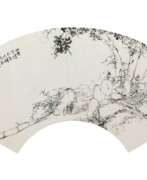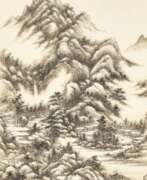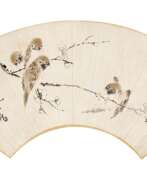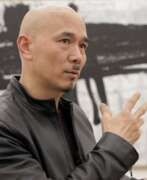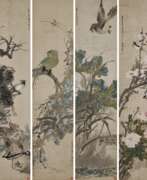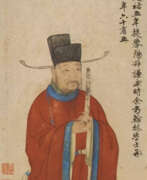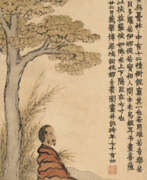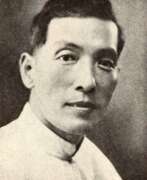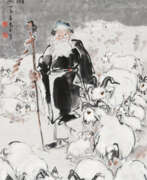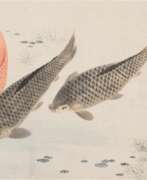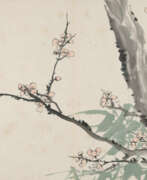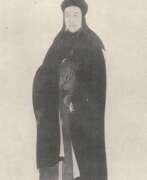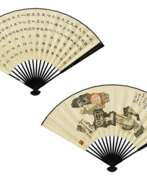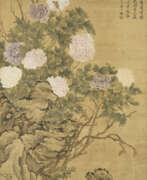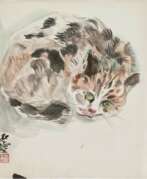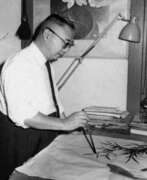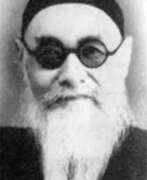Calligraphers Animalistic
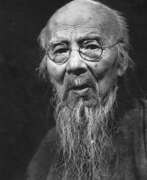

Qi Baishi was a Chinese painter, noted for the whimsical, often playful style of his works. Born to a peasant family from Xiangtan, Hunan, Qi taught himself to paint, sparked by the Manual of the Mustard Seed Garden. After he turned 40, he traveled, visiting various scenic spots in China. After 1917 he settled in Beijing. Some of Qi's major influences include the early Qing dynasty painter Bada Shanren (八大山人) and the Ming dynasty artist Xu Wei (徐渭).
The subjects of his paintings include almost everything, commonly animals, scenery, figures, toys, vegetables, and so on. He theorized that "paintings must be something between likeness and unlikeness, much like today's vulgarians, but not like to cheat popular people". In his later years, many of his works depict mice, shrimp or birds. He was also good at seal carving and called himself "the rich man of three hundred stone seals" (三百石印富翁). In 1953, he was elected president of the China Artists Association (中國美術家協會).
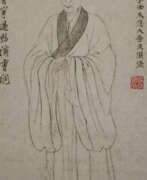

Zhū Dā (Chinese: 朱耷) was a Chinese painter, poet and calligrapher of the late Ming and early Qing dynasties. Known by the pseudonym Bada Shanzhen (Chinese: 八大山人), the man from Mount Bada.
Bada Shanren belonged to the imperial family of the Ming Dynasty, but chose to become a Buddhist monk and led a reclusive lifestyle. His artistic style was characterised by a unique combination of traditional Chinese ink painting techniques and bold, expressive brushstrokes. Bada Shanren's works often depicted landscapes, birds, flowers and animals, demonstrating an exceptional ability to convey the essence of the natural world. His paintings reflected a sense of spiritual introspection and a deep connection to nature. Despite the turbulent times in which he lived, Bada Shanren's artistic legacy remains highly regarded and his works are still considered masterpieces of Chinese ink painting.
